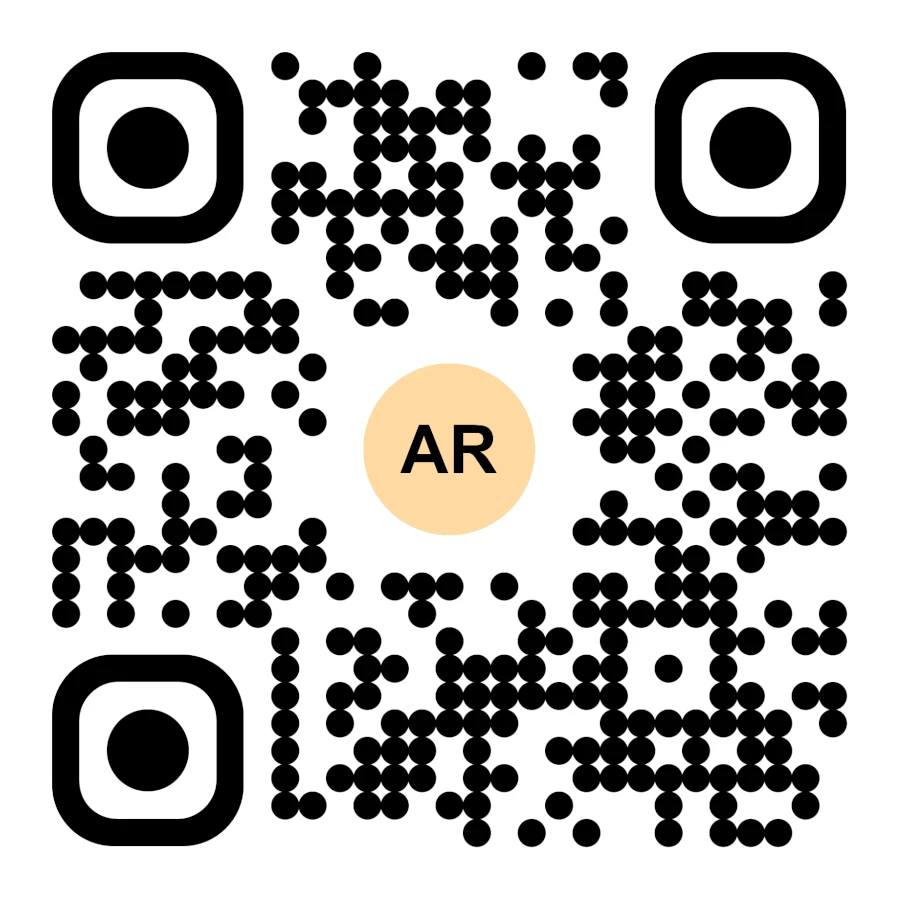Augmented Reality Glasses to Replace Smartphones Within 10 Years ?
AR Glasses & Headsets | 02/12/2025 |
In the next decade, augmented reality glasses will rival smartphones, opening up unparalleled opportunities for innovative businesses. These advanced AR glasses and headsets seamlessly integrate digital content with real-world environments, transforming communication, customer engagement, and information access. Companies that leverage this evolution will unlock new ways to reach audiences and surpass competitors.
Discover the business potential of AR glasses and headsets and why adopting AR Code SaaS solutions is essential for forward-thinking enterprises focused on digital transformation and market leadership.
How Augmented Reality Headsets and Glasses Transform Business Engagement
Augmented reality glasses and headsets are rapidly gaining adoption in enterprise environments. Leading manufacturers are launching devices that allow direct interaction with digital content in physical spaces, unlocking immersive branding, virtual product showrooms, and unique interactive experiences. Learn why AR glasses are set to replace smartphones and how your business can get ahead.

Modern AR glasses such as Nreal’s models provide lightweight comfort and practical usability. Technological advancements are rapidly overcoming early limitations, making AR easier to integrate into business operations. For practical guidance on incorporating AR today, check out our updated AR code scanning guide.
The launch of the Apple Vision Pro AR/VR headset marks a new era where AR technology is available for team engagement, corporate training, marketing, and collaboration. Business solutions are expanding as AR evolves, reshaping industries with new use cases.
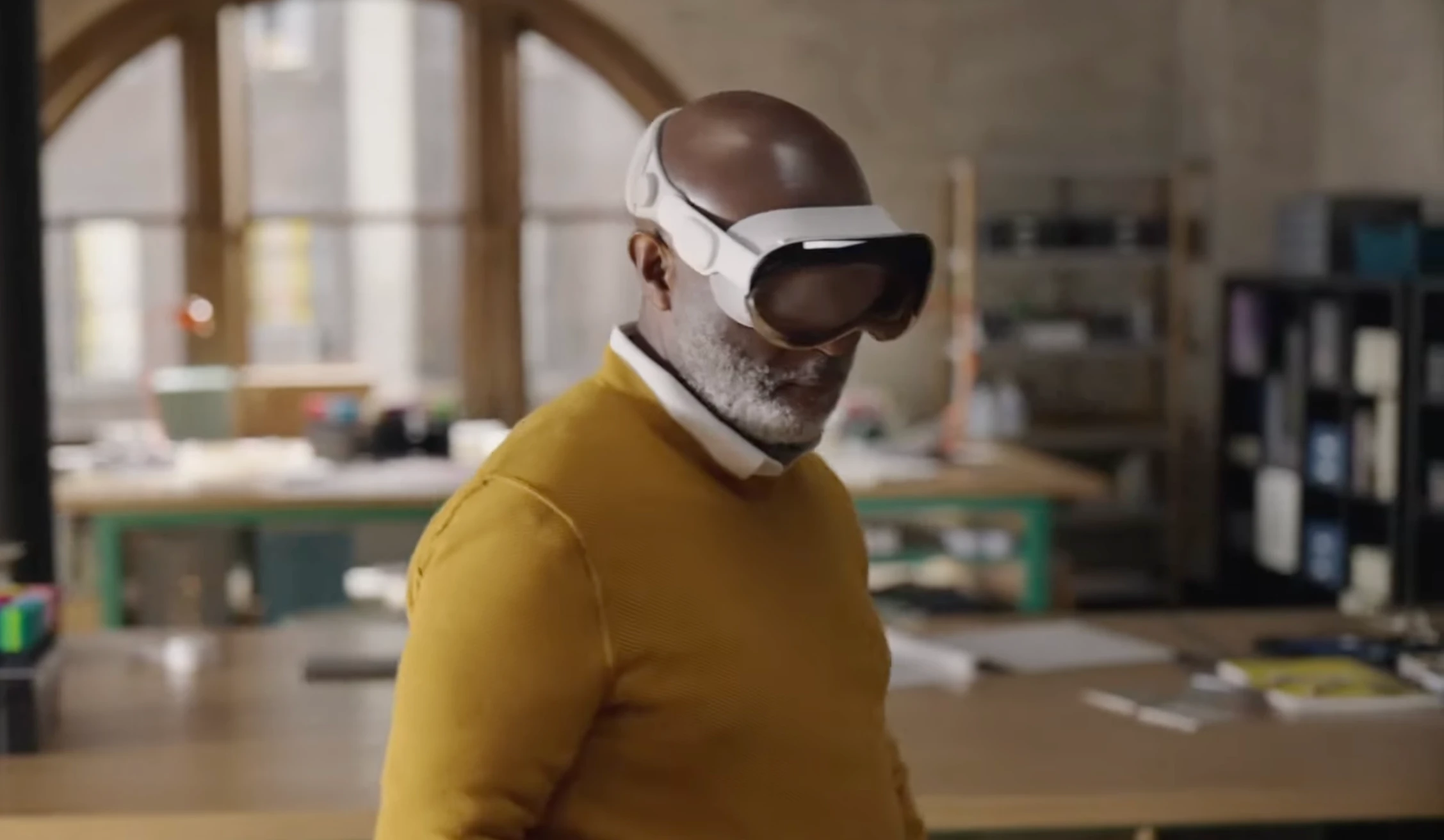
Leading AR/VR Headsets for Business at the End of 2025:
- Apple Vision Pro (M5) : A top-tier mixed reality headset widely adopted for design, immersive training, guided workflows, and spatial collaboration.
- Meta Quest 3 & Meta Quest 3S : Versatile mixed reality headsets providing affordable training, collaboration, and virtual desktop solutions.
- Samsung Galaxy XR : Android XR mixed reality headset developed with Google, featuring 4K micro-OLED, Gemini AI, and enterprise tools for productivity and training.
- PICO 4 Ultra Enterprise : Standalone VR/MR headset with Enterprise OS, PICO Business Suite, and Wi-Fi 7 for scalable deployments in education, operations, and field service.
- Lenovo ThinkReality VRX : Lightweight 6DoF headset with high-res color passthrough, ideal for corporate training, design reviews, and remote assistance.
- Varjo XR-4 Series : Ultra-high-fidelity mixed reality headsets delivering human-eye clarity for mission-critical training in aviation, defense, and automotive sectors.
Apple Vision Pro: Accelerating the Enterprise AR Revolution
The Apple Vision Pro Augmented Reality Headset launches a new standard for enterprise AR transformation. As the flagship device in this space, Vision Pro delivers next-level customer engagement, operational productivity, and advanced training capabilities. Learn how to leverage Apple Vision Pro in your business with our step-by-step AR scanning and integration guide and discover how SaaS-powered AR elevates business strategy.
Apple Vision Pro: Enterprise Features Powering Business Innovation:
- Dual 4K displays (8K total) for stunning clarity
- Gesture and eye tracking for interactive applications
- Spatial audio integration aligned with Apple’s ecosystem
- Support for ArKit and RealityKit for maximum performance
- Integrated Lidar and tracking cameras for precise AR overlays
- Full voice command and Siri accessibility
Adopting AR now positions your business to lead in customer interaction and digital innovation, unlocking new revenue streams and enhanced engagement. The arrival of Apple Vision Pro begins a wave of business transformation. Compare the top SaaS AR platforms for business to choose the right solution and stay competitive.
AR QR Codes: Instantly Amplify Business Reach with Augmented Reality
AR QR Codes deliver immersive experiences, letting customers access 3D content instantly with a smartphone or AR glasses. Drive engagement with interactive product displays, smart packaging, and digital real estate tours. Learn about real-world AR QR Code marketing applications and empower your brand.
Integrate AR QR Codes on products, packaging, catalogs, and signage to elevate brand interaction and streamline customer engagement. Businesses using AR codes earn greater loyalty and market distinction. Get strategies for boosting product innovation and collaboration through AR.
Why Every Industry Should Adopt Augmented Reality Today
Augmented reality changes the way users discover, engage, and purchase, making experiences more interactive and memorable. Businesses that embrace AR outperform competitors and optimize operations. Expand your agency’s offering with our AR marketing agency integration guide for instant AR solution delivery.
AR must be at the core of product development and marketing teams. Leveraging AR QR Codes fuels brand awareness and measurable business growth. Early adopters are rewarded as digital trends accelerate—position your organization now to lead the market.
Empower Teams with Seamless AR Integration
Marketing and product teams can deliver next-level brand experiences through AR QR Codes. With AR-enabled devices, businesses launch interactive tours, immersive product demos, and dynamic educational content from each scan. Start creating compelling AR content with our 3D object capture tutorial for product visualization.
Adopt AR QR Codes to tell standout stories, elevate user engagement, and lead digital innovation. See how restaurants and hospitality brands create standout AR menus in our AR Code restaurant transformation guide.
AR Glasses Will Surpass Smartphones in the Next Decade
Technology trends show AR glasses are set to transform business and personal computing, impacting sales, support, education, and workforce training. As AR adoption accelerates and costs drop, the shift becomes inevitable. Learn about this evolution in our AR glasses technology forecasts.
Hands-free AR glasses provide real-time collaboration and dynamic customer support, delivering personalized content and elevating business productivity beyond traditional smartphones.
Visionary organizations are using AR Code SaaS to optimize workflows and enhance customer relationships. Responsible deployment and ethical standards drive lasting value. Stay current with the latest AR and metaverse strategies in our industry analysis.
Adopting AR technology unlocks innovation and growth across healthcare, retail, manufacturing, and more. Early movers secure a competitive edge, driving industry leadership and new business opportunities.
Harness AR now with AR Code SaaS solutions to accelerate digital transformation, strengthen customer loyalty, and position your business as a leader in immersive technology. Begin with our detailed AR code solution comparison and prepare your team for the future.
Frequently Asked Questions
What are augmented reality glasses/headsets?
Augmented reality glasses and headsets are advanced wearables that overlay digital content onto the user’s real-world view. Businesses use these devices for product demonstrations, interactive experiences, immersive training, and high-impact presentations that enhance engagement and drive results.
What industries will be impacted by the use of AR glasses/headsets?
All industries benefit from AR glasses and headset integration, including education, healthcare, retail, and entertainment. Schools create interactive 3D lessons, retailers showcase virtual products, and manufacturers simplify complex operations. Discover ways AR transforms classrooms in our education AR solutions guide.
What is the potential impact of Apple's Vision Pro AR/VR headset?
Apple Vision Pro will set the benchmark in AR headsets, offering ultra-high-resolution visuals, intuitive gesture and eye controls, and seamless Apple device integration. This breakthrough accelerates AR adoption for consumers and enterprises. Reveal more about Vision Pro’s business impact in our comprehensive analysis.
What are AR QR Codes, and how can they be used?
AR QR Codes create interactive augmented reality experiences via a simple scan on any device. Brands use them for virtual product showcases, engaging ads, and educational campaigns. Find out how to boost your brand with our AR QR Code beverage packaging strategy.
AR Glasses & Headsets - Latest Blog Posts
AR Code's 3D Modeling Apps for the Apple Vision Pro

Unlock transformative business innovation and customer engagement with next-generation AR Code SaaS augmented reality solutions—now optimized for the Apple Vision Pro AR/VR headset and fully compatible with iPhone and iPad. With the launch of the Apple Vision Pro on February 2, 2024, your business can leverage...
AR Videos on the Meta Quest 3 with AR Code: A New Dimension of Immersive Advertising

The launch of the Meta Quest 3 is revolutionizing the augmented reality industry, delivering immersive AR video content that drives business results. Modern businesses ready to stand out and amplify brand engagement can unlock new opportunities by leveraging Meta Quest 3’s advanced hardware with the innovative...
AR Code on the Meta Quest 3: Enhancing Visualization of 3D Models in Augmented Reality
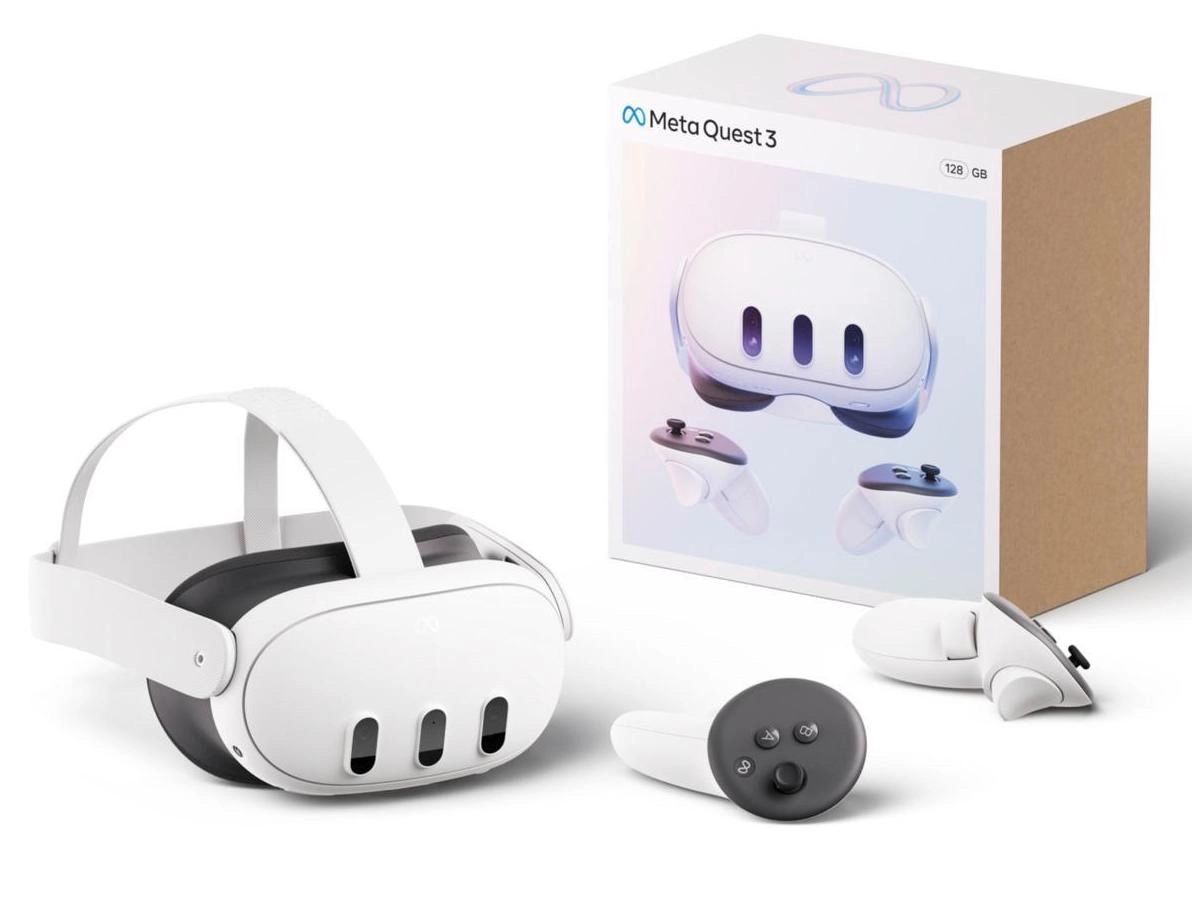
Meta Quest 3 leads businesses into a new era of augmented reality and virtual reality. Debuted at Connect 2023, this advanced headset delivers a sleek, ergonomic design powered by the Snapdragon XR2 Gen 2 processor and up to 512GB of storage. These enterprise-level specs make Meta Quest 3 the ideal gateway for...
AR Codes are Automatically Compatible with the Apple Vision Pro and its VisionOS

Enter the rapidly expanding world of augmented reality for businesses with AR Code SaaS solutions, designed to bridge physical products with immersive digital experiences. Elevate your company’s customer engagement and brand value using Apple Vision Pro and AR Code’s advanced SaaS platform, delivering measurable...
Apple Vision Pro Headset Details and its 3D Models USDZ & GLB via an AR Code
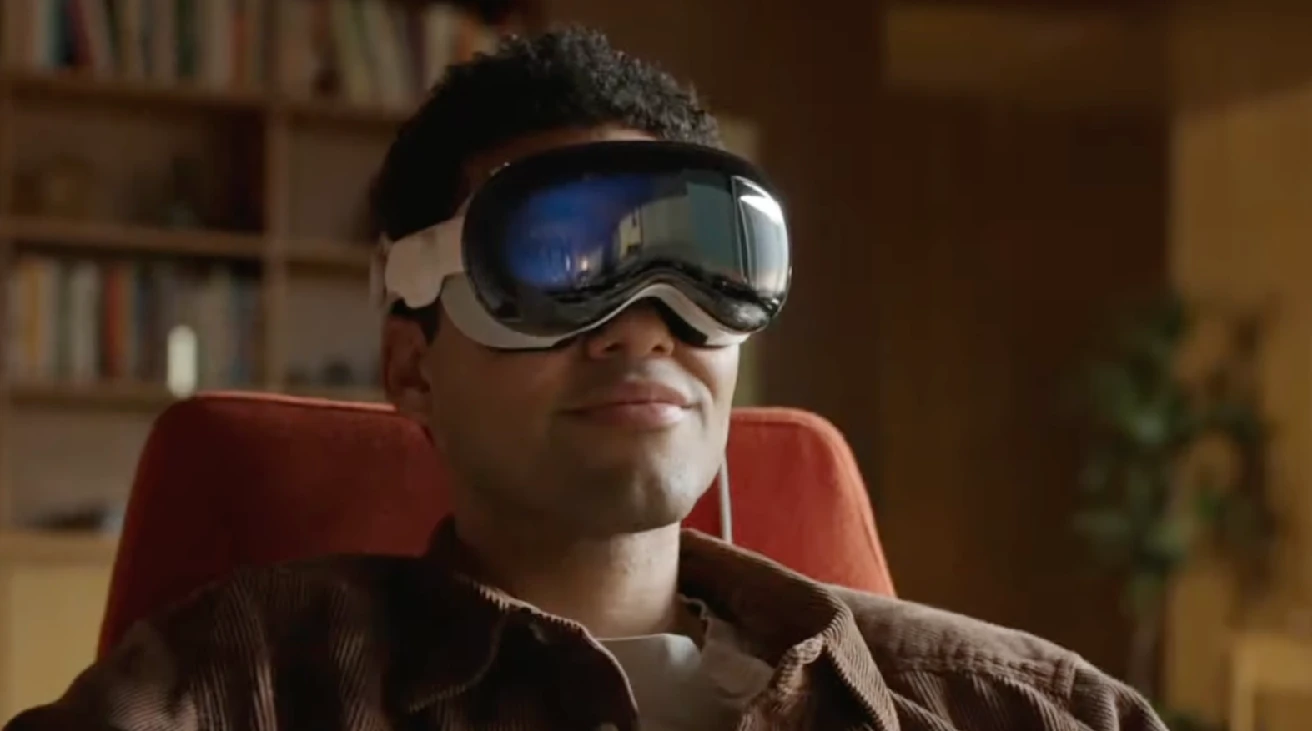
Empower your business to lead the immersive technology revolution with the Apple Vision Pro headset. Launching February 2, 2024, this device features the high-performance M2 chip, fast Wi-Fi, and dual 4K micro OLED displays. Apple Vision Pro is reshaping enterprise AR and VR, offering organizations a path to seamless...
AR FaceTime on the Apple Vision Pro Headset
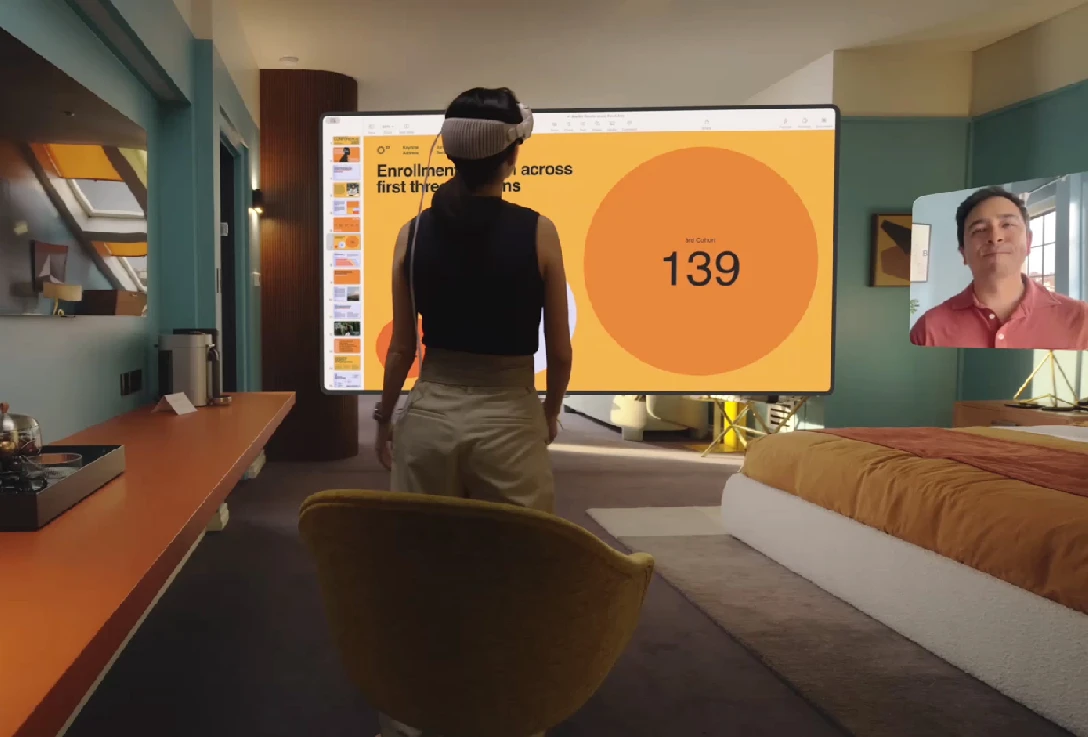
Apple Inc. leads the digital communication evolution with innovations in immersive augmented reality. The groundbreaking Apple Vision Pro headset and visionOS transform FaceTime, setting new benchmarks for interactive business connections. Discover how your company can maximize engagement by adopting scalable AR Code...
App Clip Codes and Apple Vision Codes: anchoring Augmented Reality Experiences on iOS 17 and visionOS
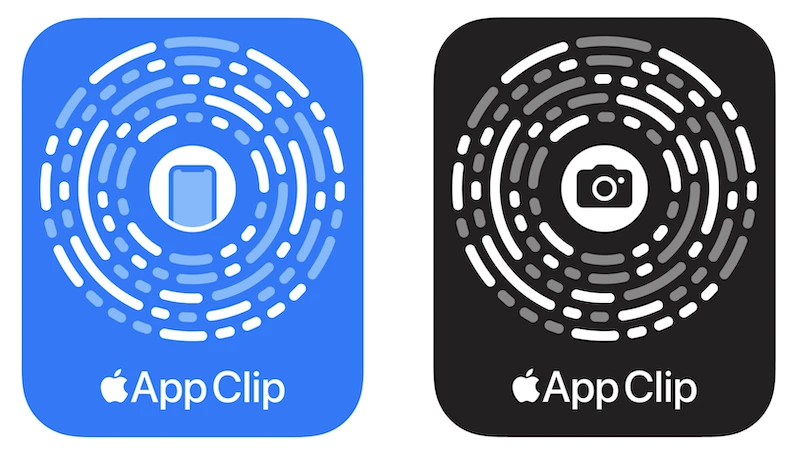
Apple is driving innovation in augmented reality with the unveiling of App Clip Codes and the Apple Vision Pro Headset. Debuting in iOS 14 and elevated with iOS 17, these platforms transform the way businesses utilize AR for seamless customer interactions. With full visionOS and Vision Pro integration, companies can...
Apple Vision Code: The Future of AR and QR Codes on visionOS

The launch of the Apple Vision Pro headset on February 2, 2024, is transforming how businesses adopt augmented reality (AR) and virtual reality (VR). This advanced AR/VR device delivers immersive, interactive features that enable organizations to engage customers, enhance product visualization, and deliver content in...
Metaverse, Virtual Reality, and Augmented Reality: Apple's and Meta's plans

Augmented reality (AR) and virtual reality (VR) are transforming digital business strategies by enabling companies to deliver immersive, interactive experiences. Modern enterprises leverage AR and VR not just for entertainment, but to attract customers, boost engagement, and build stronger brand loyalty. Adopting AR...
Apple Vision Pro Headset: A New Era of Augmented Reality

On June 5, 2023, Apple introduced the groundbreaking Apple Vision Pro, a next-generation augmented reality headset set to redefine interactive experiences for businesses and consumers. Officially launching in the US on February 2, 2024, Vision Pro is engineered to drive digital transformation and elevate AR...
144,694 AR experiences
545,750 Scans per day
128,063 Creators









